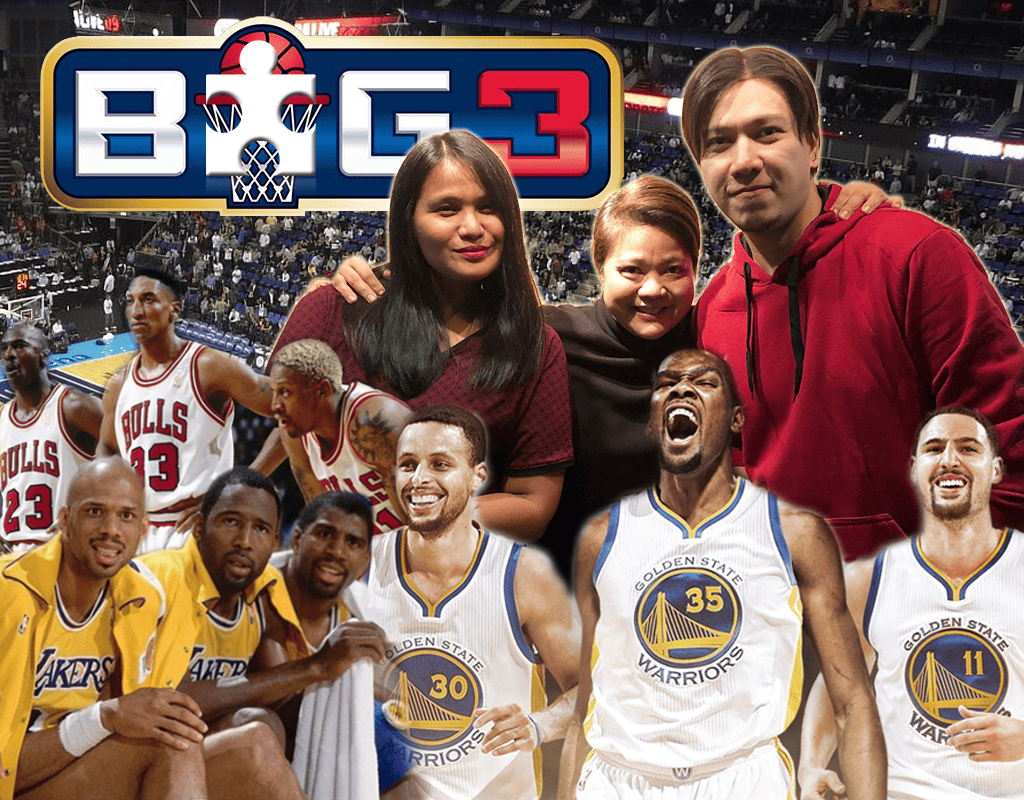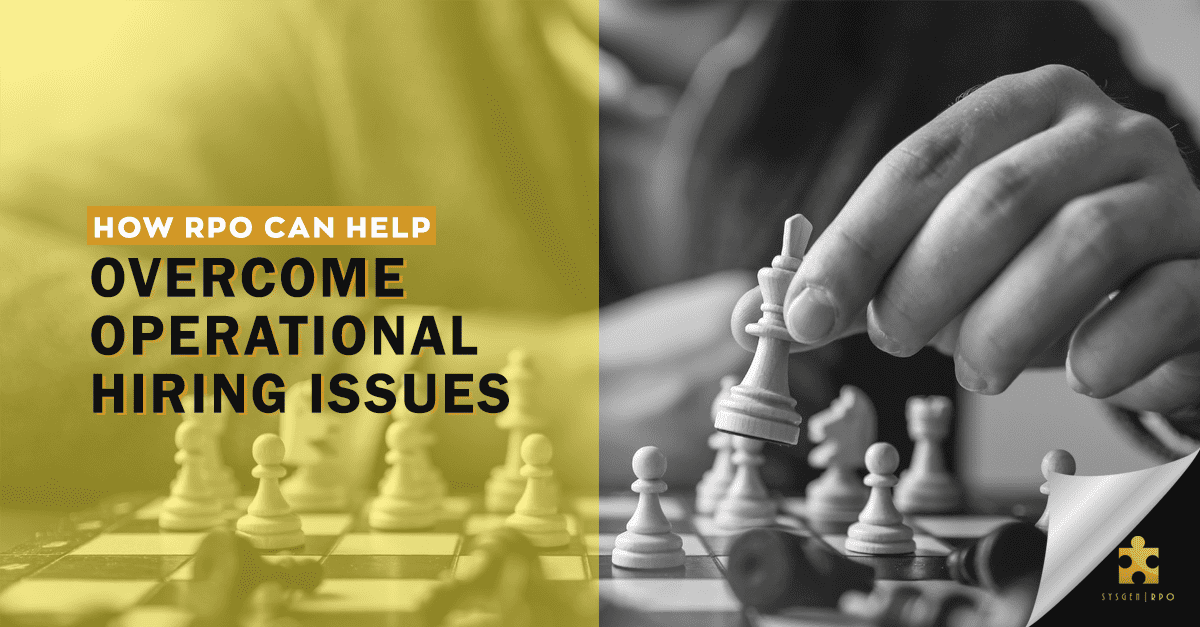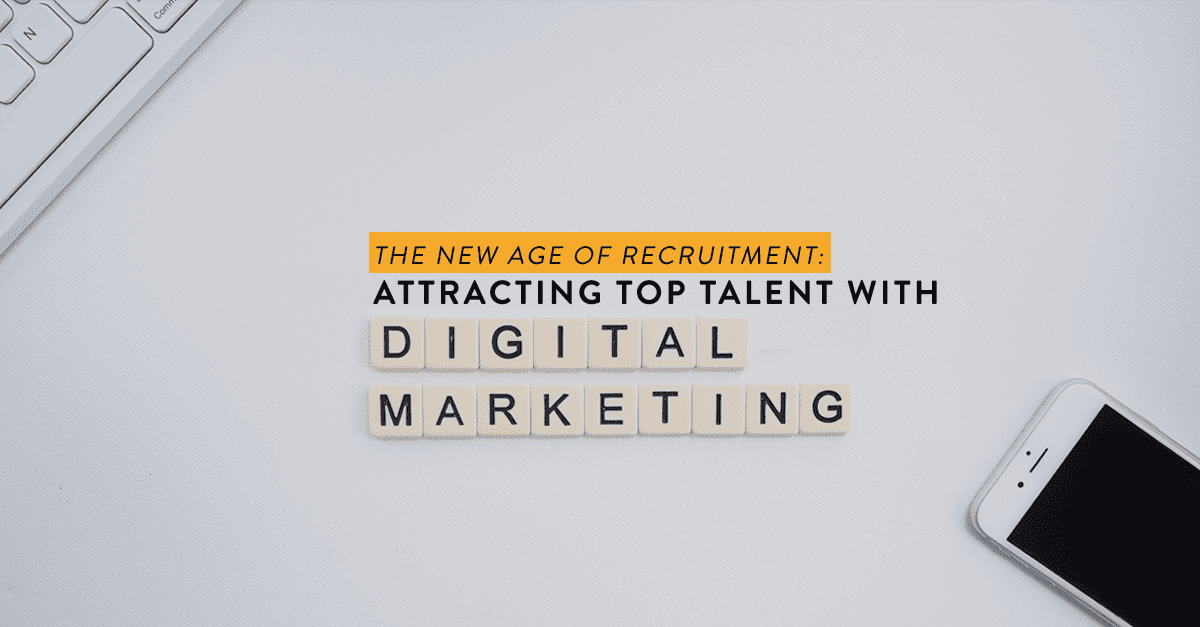If you grew up in the 70s, like me, and enjoyed watching Schoolhouse Rock on Saturday Mornings, you learned that “3 is a Magic Number”.
But is it?
What is so special about No. 3?
Specialists in communication arts know it. Lawyers know it. Teachers know it. Parents know it. Marketers know it. Psychologists know it.
You know it too, although you may not actually realize it. The brain likes to chunk what it takes in, in threes.
Heck, even witches come in threes.
In design, there is the Rule of Thirds. It’s an approach to composition where designers divide a canvas in three columns and three rows, and all the intersecting lines will serve as focal points.
In speechwriting and copywriting, there is the Rule of Three. If you are giving examples, give at least three. If you are enumerating reasons, give at least three.
In the National Basketball Association or the NBA, the concept of the Big 3 couldn’t be more relevant. After the culmination of the NBA 2018 Playoffs, we’re once again on the edge, as we watch every NBA team strives to cobble their own respective Big 3s.
Why the widespread enthusiasm?
The Concept of the “Big 3” in the NBA
The NBA is a star-dominated game. Even much more than football or soccer. This is the reason there is widespread curiosity and tremendous enthusiasm over NBA teams’ top three picks each season. We’re eager to see the spectacle these top players will bring to the game.
But is there any rational logic behind our fixation with NBA’s Big 3s? Or is this a fruit of the same mythical significance we associate with the number 3?
Apparently, there is a rational explanation. A pretty convincing one at that.
In Sports Economics, sports analysts use a model called “Theory of the Big Three” to predict a team’s chances of winning (or win percentage).
This theory, despite the name, is actually a regression model where analysts predict a team’s likelihood of winning using the individual performance of its top three high-performing players. It’s a simple statistical analysis.
In a Princeton publication, sports analyst Gene Li shows us how this calculation is done. You can find the full publication in the link below.
See Theory of the Big 3: Predicting NBA Team Win % from Individual Performance
Throughout the history of the NBA, we’ve seen these “Big 3s”. We have the triumvirates Jabbar- Magic-Worthy, Wade-Lebron-Bosch, and now, Durant-Curry-Thompson.
Each season, we look forward to seeing the Big 3s playing for the coming season.
The Power of Three in Business and Team Performance
The importance of the number three seems to go deeper than anything cultural or sports. In the workplace and in business, the Power of Three is as relevant as it is in the NBA.
I recently came across an interview series by the Zift Marcom Academy, where three business experts weighed in on the importance of integrating key functions in business and marketing.
They talked about three as a magic number. In the webinar, they explored three key elements of integration: Function, Process, and Technology.
Tony Adams, SVP of Partners and Alliances at Qlik, maintains that ‘organizations must align and integrate functions to ensure every phase of a partner’s sales cycle is supported with simple, predictable, and profitable action’.
Zift’s Laz Gonzalez, also spoke about ‘the importance of integrating key processes to create a seamless channel and partner experience’, while Forrester Principal Analyst Jay McBain, discussed how and why technology must work together to improve adoption, productivity and ROI.
These experts suggest that harnessing the power of these three – functions, processes, and technology – can help businesses fulfill their maximum potential.
Read the full article here.
There are other empirical evidences attesting to the seemingly “magical” or “mythical” power of three.
In a study conducted to determine collective efficacy, collaboration, and teamwork among healthcare workers in healthcare agencies in Norway, the researchers from University of Norway concluded that “three is the magic number”.
Therapists working in teams of three rated their workplaces more positively than therapists who worked in agencies with 1 or 2 teammates.
What’s more interesting is that this result is independent of the size of the healthcare agency or the agency’s leadership quality, service population, and individual therapist education.
Even more interesting is that agency workers working alone or in pairs reported no significance ratings in their ratings of their workplaces.
Want to make your workers happier? They got to work in threes! Nothing less.
Read the full study here.
Our Own Big Three
At Sysgen RPO, we have our very own Big Three – a triumvirate of skilled professionals whose contributions to the company’s success and our client’s satisfaction are undeniable.
Allow me to take this opportunity to introduce Mia, Eza, and Coby — our HR, Operations, and Learning Development Chiefs, respectively.
Mia, Eza, and Coby work hand-in-hand to fulfill the triangle of success at Sysgen RPO — exceptional human resource management, operational excellence, and continuous skills development.
The BPO-RPO industry is a fast-paced, cut-throat environment. Having Mia around to cultivate an engaging and great workplace is crucial to our success as we grow rapidly.
Coby, on the other hand, ensures Sysgen’s culture of continuous learning and development. To meet our clients’ need and to ensure that our teams flourish, Coby sees to it that we hold each one another to a high degree of skills development and commitment to quality and improvement.
We are a firm believer that nobody comes to work to do a bad job. It’s just that, sometimes, we just don’t know what good looks like. Thanks to Eza, we’re now laser-focused on performance improvement more than ever.
The dynamics of these three, creates a robust core that allows Sysgen RPO to ramp up quickly, grow holistically, and satisfactorily support all of our clients’ needs while promoting our colleagues’ professional development.
We have a saying here at Sysgen: “Work hard, Play hard.”
Thanks to our Big 3, that’s exactly what we do.
And we excel doing both.
Bringing it All Together
When building a high-performance team, at least we know, three is a magic number.
Of course, this does not mean that three is all you need to have in a team. For some it’s seven. Could be eleven. Various circumstances call for varying responses and varying arrangements.
But now we know that there’s really nothing mystical about the 3 being a ‘magic number’. There is logical rationale behind the Power of Three. It isn’t mythical. It isn’t magical at all.
It’s simply an empirical reality — one we see in sports, in communications, in business, and in the workplace.
How about you? Do you have your Big 3?
Sources:
Cornell, P., Rocket, S., Kross, K., Asher-Perrin, E., Carey, J., Bourke, L. and Rocket, S. (2015). The Magic Number: Why Witches Come in Threes. [online] Tor.com. Available at: https://www.tor.com/2015/08/20/the-magic-number-why-witches-come-in-threes/ [Accessed 13 Jun. 2018].
Zift Marcom Academy. (2018). 3 is a Magic Number: Driving Higher Channel Performance through Integration. [online] Available at: https://ziftmarcom.zendesk.com/hc/en-us/articles/115003342351-3-is-a-Magic-Number-Driving-Higher-Channel-Performance-through-Integration [Accessed 13 Jun. 2018].
Financial Times. (2018). Why three is the magic number. [online] Available at: https://www.ft.com/content/30ef660e-076c-11e2-92b5-00144feabdc0 [Accessed 13 Jun. 2018].
Lease, E. (1919). The Number Three, Mysterious, Mystic, Magic. Classical Philology, 14(1), 56-73. Retrieved from http://www.jstor.org/stable/263620
TeamGantt. (2016). What is the Ideal Team Size to Maximize Productivity? | TeamGantt Blog. [online] Available at: https://www.teamgantt.com/blog/what-is-the-ideal-team-size-to-maximize-productivity/ [Accessed 13 Jun. 2018].
Harvard Business Review. (2012). Why Less Is More in Teams. [online] Available at: https://hbr.org/2012/08/why-less-is-more-in-teams [Accessed 13 Jun. 2018].






















